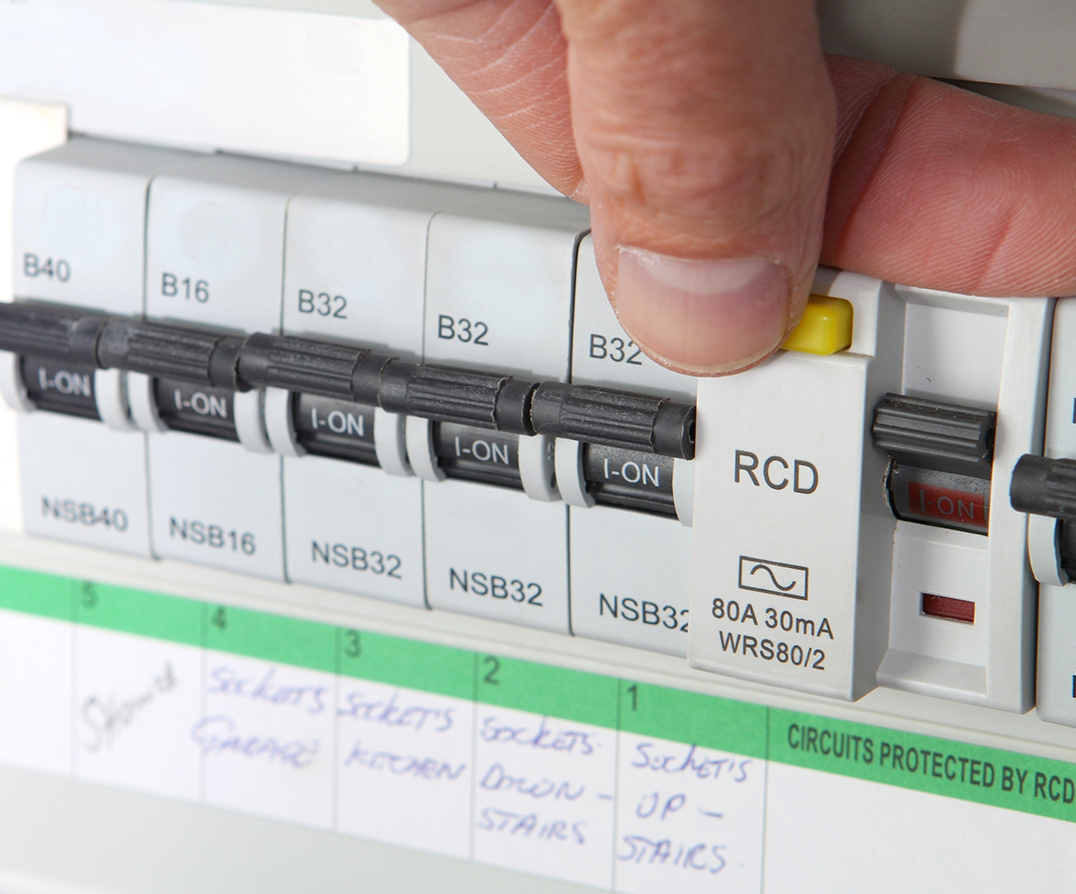What is an RCD?
RCD stands for Residual Current Device and is a device that trips if there is an imbalance in the current flow between line and neutral conductors on a circuit. Typically this device is used to protect a person from receiving an electrical shock if there is a fault on the circuit and that person is part of the fault circuit to earth.

Why does the RCD keep tripping?
There could be other reasons for the device tripping which sometimes involve equipment that have heating elements within them that are corroded or about to fail. If this equipment is plugged into the system, it could cause the device to trip, even if it is turned on. Identifying the faulty equipment by unplugging it, may enable you to re-set the device and get your electricity supply back on.
Is it safe if it keeps tripping?
Generally, if the RCD trips, it is protecting you from potential danger. In short if it trips, it is off, the device is doing its job and keeping you safe.
How long will it take to carry out an inspection (condition report)?
There is no hard and fast rule with regard to the length of time for an inspection. It depends on many factors; including the amount of distribution boards or consumer units, the number circuits in the consumer unit, the number of accessories/lighting points within the installation, accessibility to equipment, age of the property to name a few.
Typically for an installation of 6 circuits, an inspection will take from 4-6 hours.
How long will it take to resolve intermittent faults?
As any technician will attest to, these are the most difficult and frustrating faults to find and resolve. If there is more than one issue on the system, it is a process of elimination in order to discover the problems. Intermittent faults are never an easy find and it will be a case of discussion of discovery and charge by the hour.

